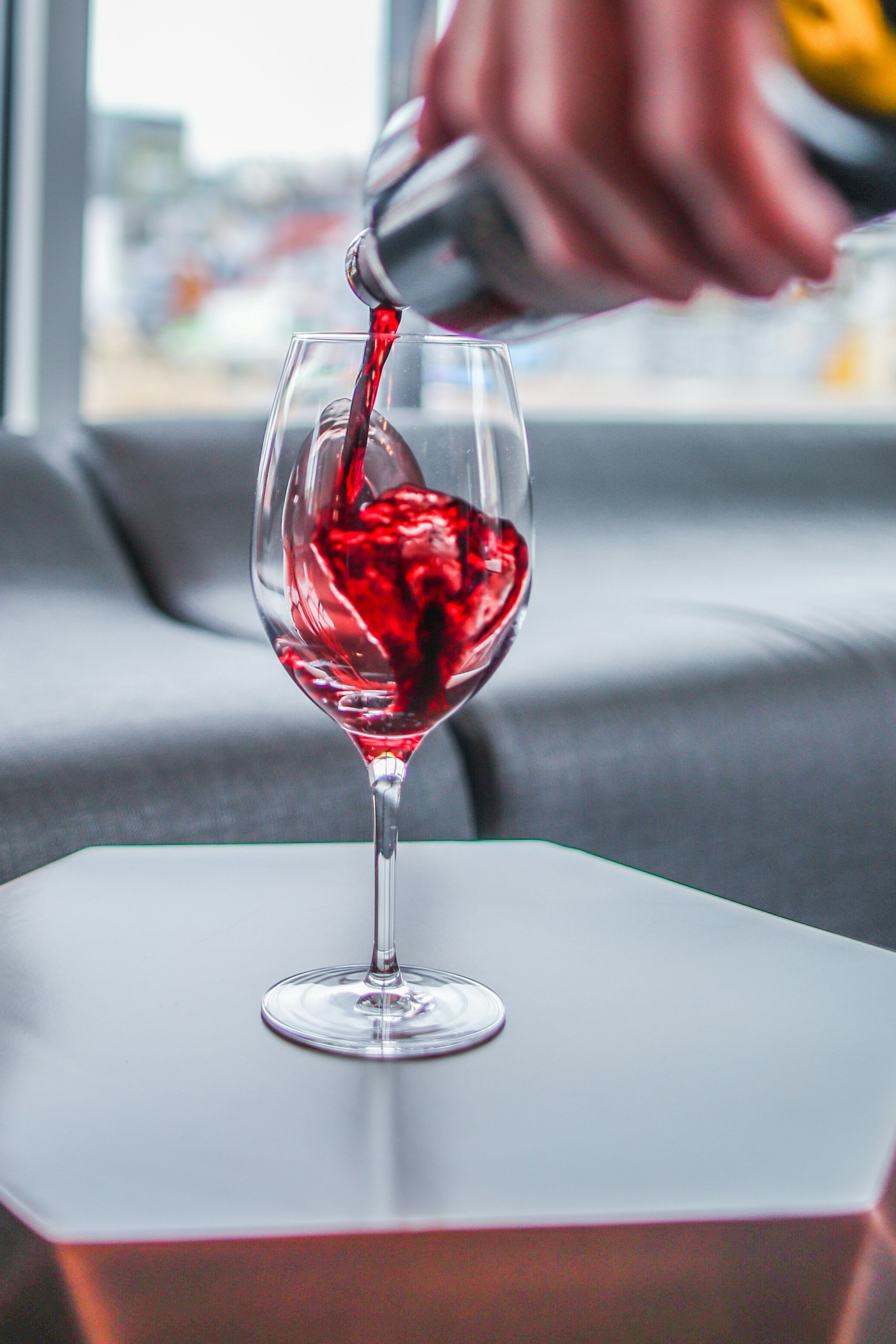
An Introduction to
Collioure’s AOP Wine
Collioure’s Wine History
What do you think of when you think of Collioure? A lot of people will first think of its artists and beachfront, but wine connoisseurs will probably first think of Collioure’s wine.
Vines were first grown in the region by the Greeks and Phoenicians who planted the first vineyards as late back as 400 BC in the hills overlooking Collioure and their offspring still stand today.
Under the Romans, wine growing was massively expanded across the region under Rome and Collioure’s wine started to be exported to Italy and further afield via Port Vendres – or Portas Venderis - as it was called back then.
Later on, the Templars in the 13th Century were responsible for improving the quality of wine in the area and much of the viniculture earthworks to manage water runoff and soil erosion effectively originally date from this era.
In more recent history, the 17th century saw policies encouraging Collioure’s famous smugglers to turn from poacher to gamekeeper and become winegrowers themselves.
But, in the 19th century, as in the rest of France, brought the infamous Phylloxera Crisis, which was a devastating vineyard pest outbreak that nearly wiped out wine production across the whole of Europe.
Phylloxera, a tiny aphid-like insect native to North America, feeds on the roots of grapevines, causing damage that eventually kills the plant. European grapevines had no resistance to Phylloxera and so the pest spread rapidly across the continent, decimating vineyards around Collioure.
The solution to the crisis came through grafting European vines onto Phylloxera-resistant American rootstocks, a practice that continues to be essential on Collioure’s vines today.
One bright spot from the Phylloxera Crisis is that it became necessary to further ferment the spoiled wine and this is actually how the famous fortified sweet wine, Banyuls, came about.
Banyuls was created through a process called Mutage when Grenache grapes from Banyuls-sur-Mer when grape spirit (usually brandy) was added to halt fermentation and resulted in high levels of natural grape sugar in the wine.
If you haven’t tried Banyuls yet, I do suggest you try it. It’s a fortified wine similar in style to Port. With a deep amber or mahogany colour, Banyuls has a wonderfully rich flavour of dark fruits and spice and is great as an aperitif, but truly shines when paired with chocolate desserts or blue cheeses.
The first and second world wars unsurprisingly led to a decline in Collioure’s wine production and quality as there were less wine growers to tend the land and some vineyards were destroyed.
But, after the second world war, wine growing in Collioure bounced back with a combination of technological advances, economic investment and government support. The war had left many vineyards damaged, but the post-war period saw a resurgence in viticulture driven by a renewed demand for wine both domestically and internationally.
Many of Collioure’s vineyards were replanted, including with new grape varieties and the AOC system, which regulates the quality and geographical origin of wines, was strengthened to ensure higher standards, so that Collioure gained AOC status in 1971.
In recent years, the Côte Vermeille Vineyard Union, which includes Collioure and Banyuls, has dissociated itself from the Interprofessional Roussillon Wine Committee, marking a new chapter in the management and promotion of these storied wines.
This can only be commended as this means that Collioure AOP can have more freedom to promote its wine directly rather than rely on larger bureaucratic centralised organisations. Power to them!

Collioure’s Terroir
This southernmost part of France's Occitanie region benefits from a unique terroir and climatic conditions ideal for wine-making. Collioure's climate is a typical Mediterranean one, with mild winters and hot, dry summers, moderated by sea breezes.
The area receives high sunshine rates and experiences significant daily temperature variations which are beneficial for grape growing. The winds, particularly the famous strong “Tramontana” wind from the northwest and the moist sea breezes play a crucial role in vine health and fruit maturation.
The Collioure AOP (Appellation d'Origine Protégée) covers the maritime fringes of four port communities: Cerbère, Banyuls-sur-Mer, Port-Vendres and Collioure itself.
The vineyards, ranging up to 400 metres in altitude, are characterized by brown schist soils and terraced vineyards locally known as 'feixas'. These steep slopes necessitate manual viticulture and contribute to the artisan quality of the wines produced – very little machines are involved!
Given the heat and dry summers, Collioure wines are ideal for various specific grape varieties as follows:
Predominantly Grenache, Mourvèdre, and Syrah,with Carignan and occasionally Cinsault and Counoise.
Red and Rosé Wines:
Grenache blanc, Grenache gris, Macabeu, Marsanne, Roussanne, Tourbat, and Vermentino with smaller contributions from Carignan blanc and Muscats.
White Wines:
These wines are renowned for their intense colours, rich aromas of ripe fruits and spices in the reds, bursts of freshness in the rosés, and floral, honeyed notes in the whites.
